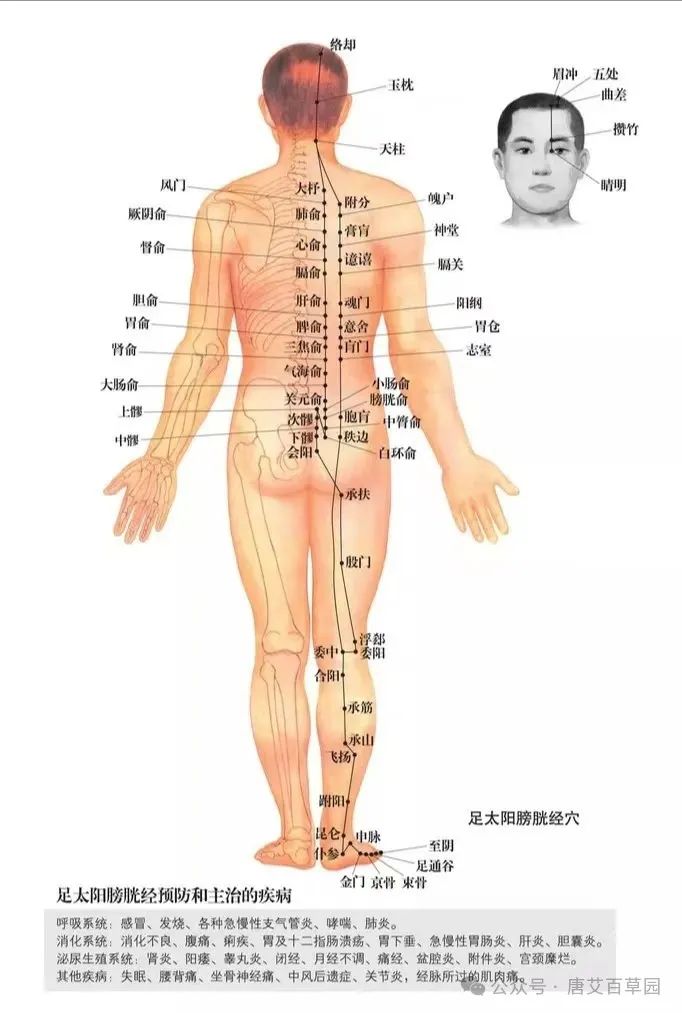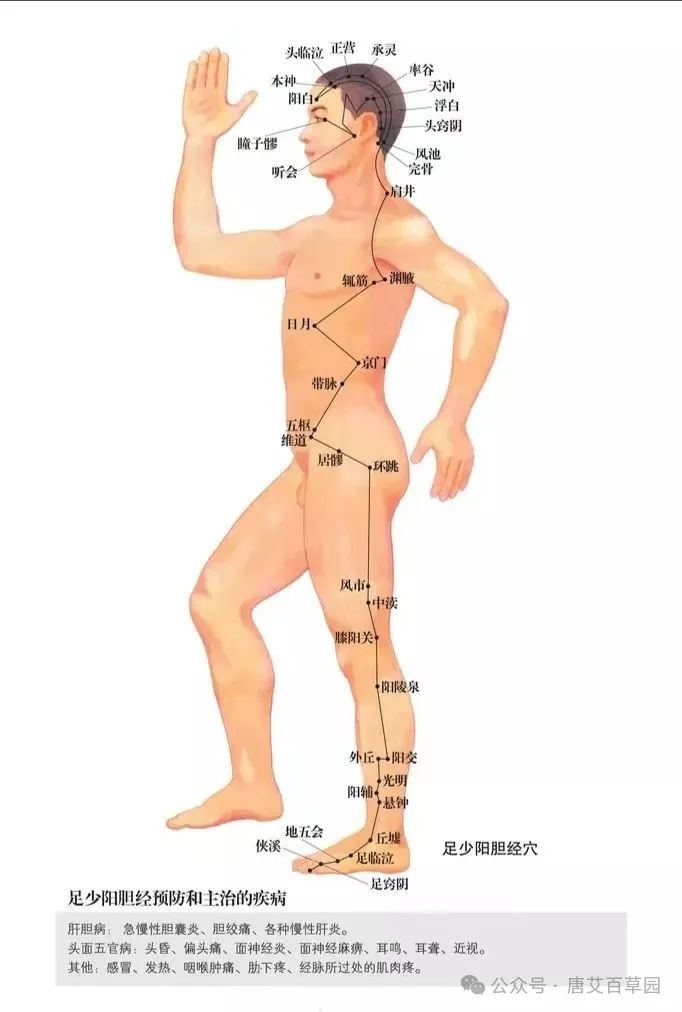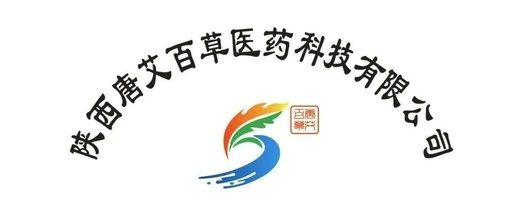How to Use Moxibustion for Lower Back and Leg Pain
For issues related to lower back pain and leg numbness, the core of moxibustion therapy lies in unblocking the meridians, warming and tonifying Yang Qi, and invigorating blood circulation to resolve stasis. Below is an optimized treatment plan and precautions:

1. Core Acupuncture Points (Key Focus)
1. Main Points for the Lower Back
Shen Shu (Kidney Back Point): Warms and tonifies Kidney Yang, strengthens the lower back
Ci Liao (Sacral Foramen): Regulates the Bladder Meridian, alleviates lower back pain
Da Chang Shu/Xiao Chang Shu (Large Intestine/Small Intestine Back Points): Regulates intestinal Qi, improves lumbar muscle strain
2. Key Points for the Lower Limbs
Huan Tiao (in conjunction with Yang Ling Quan): Alleviates sciatica
Cheng Shan (Back of the Calf): Relieves gastrocnemius muscle cramps, improves leg numbness
Yang Ling Quan (Meeting Point of the Tendons): Soothes the Liver and Gallbladder, unblocks meridians and relieves pain
Kun Lun (Behind the Outer Ankle): Unblocks the Bladder Meridian, treats heel pain
3. Distal Points
Hou Xi (Unblocks the Governing Vessel): Effective point for neck, shoulder, and back pain
Zu San Li (Tonifies Qi and Blood): Strengthens the body and enhances therapeutic effects
Tai Chong (Soothes the Liver and Regulates Qi): Promotes smooth Qi flow, alleviates chronic pain

2. Innovative Moxibustion Techniques
1. Pain Point Exploration: Press along the pathways of the Bladder and Gallbladder Meridians, focusing on moxibustion at Ah Shi points (areas of significant tenderness).
2. Heat Penetration Technique:
Hold the moxa stick 3-5 cm from the skin, first perform circular moxibustion for preheating (3 minutes of circular motion)
Switch to ‘sparrow pecking’ moxibustion (like a chicken pecking rice) to focus on stimulating pain points, combined with deep breathing
Each point should be treated for 10-15 minutes until the skin becomes slightly red
3. Guided Movement for Enhanced Effect: While performing moxibustion, engage in gentle movements of the affected area (such as slowly lifting the leg or twisting the waist) to promote the flow of Qi.

3. Staged Treatment Plan
Acute Phase (First 2 Weeks): Moxibustion once daily, focusing on Shen Shu + Huan Tiao + Ah Shi points
Consolidation Phase (1 Month): Moxibustion every other day, combined with Zu San Li + Tai Xi for nourishment
Chronic Care: Twice a week, long-term maintenance can include moxibustion at Guan Yuan + Ming Men to strengthen the foundation
4. Suggested Combinations for Enhanced Effect
1. Gua Sha followed by Moxibustion: Clear the Bladder Meridian with scraping before applying moxibustion for enhanced results
2. Ginger Slice Isolation Moxibustion: Place ginger slices on painful areas of the lower back, then apply moxa cones for warmth (suitable for those with heavy cold-damp conditions)
3. Recommended Moxa Stick Selection: Suggest using moxa sticks infused with Chuan Xiong, Du Huo, and Wei Ling Xian specifically for lower back and leg pain
5. Key Precautions
1. Avoid cold water for 3 hours post-moxibustion; ginger and jujube tea can help support Yang
2. Blisters from moxibustion are a sign of disease expulsion; do not pop small blisters, and disinfect larger ones
3. Combine with hanging bar stretches and hot salt packs on the lower back for better overall treatment effects
4. If numbness worsens, check for lumbar disc herniation or spinal stenosis

6. Contraindications
❌ Do not use on areas with skin lesions
❌ Use caution in cases of diabetic peripheral neuropathy (reduced sensation may lead to burns)
❌ Avoid moxibustion within 24 hours of acute lumbar sprains
Expected Treatment Outcomes: Most patients experience reduced pain within 3 sessions, with significant improvement visible in 1-2 months. Chronic pain requires consistent treatment for over 3 months, and moderate core muscle exercises can help prevent recurrence. Monthly tongue and pulse examinations are recommended to adjust point selections based on constitution.

